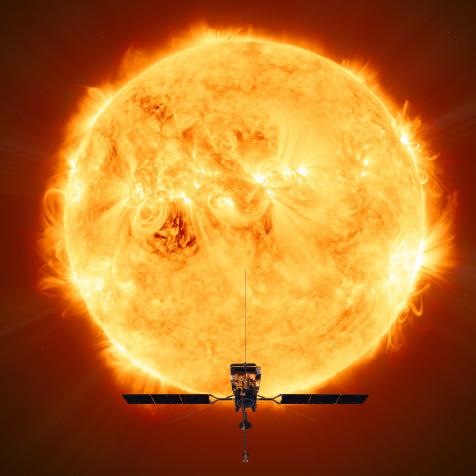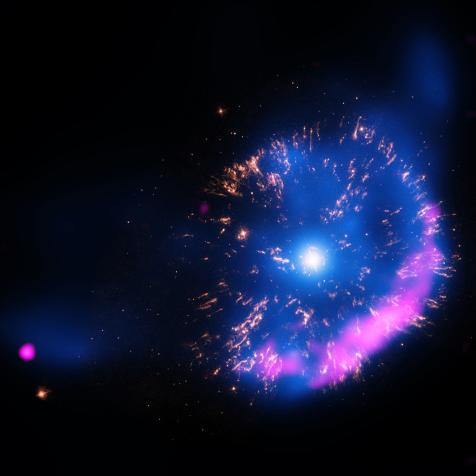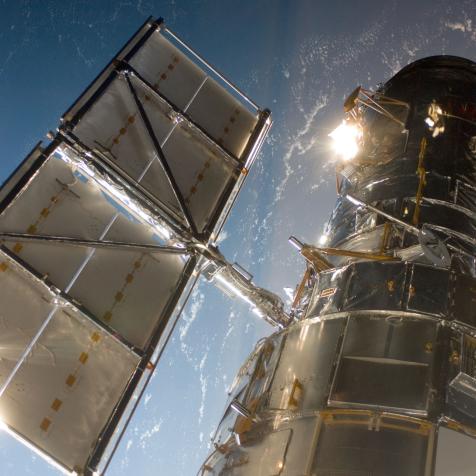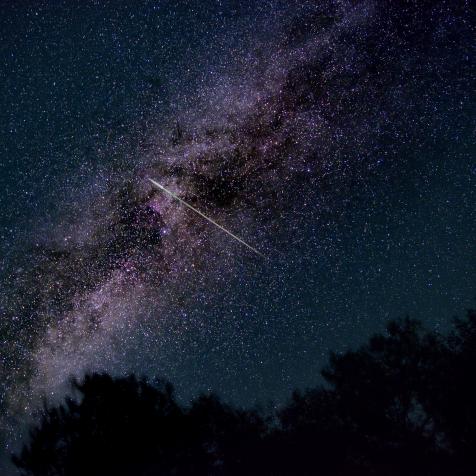
NASA, ESA, B. Welch (JHU), D. Coe (STScI), A. Pagan (STScI)
28 Billion Light-Years Away: The Most Distant Star Ever Discovered
On Wednesday, NASA announced the Hubble telescope broke a new record– detecting the most distant star ever seen.
What’s the furthest thing we can see? That benchmark just lengthened with scientists’ latest discovery. The newly detected star existed within the first billion years after the universe’s birth, the big bang.
The star is so far away that its light took 12.9 billion years to reach earth. The light appeared to the astronomers the same way it looked billions of years ago when our universe was only 7% of its current age.
The star could be up to 500 times larger than our sun, and millions of times brighter.
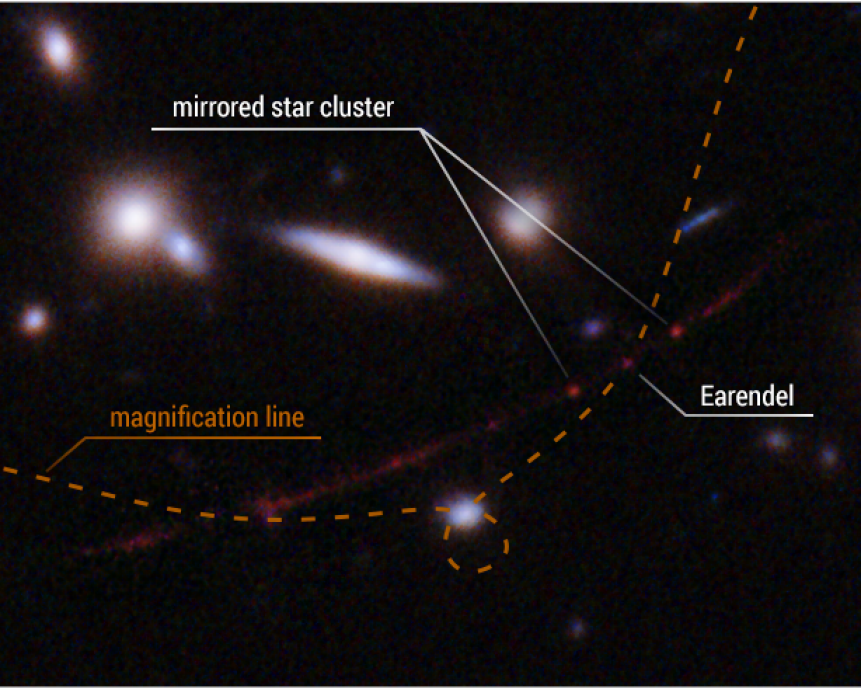
Science: NASA, ESA, Brian Welch (JHU), Dan Coe (STScI); Image processing: NASA, ESA, Alyssa Pagan (STScI)
This detailed view highlights the star Earendel's position along a ripple in space-time (dotted line) that magnifies it and makes it possible for the star to be detected over such a great distance—nearly 13 billion light-years.
The team, who made their discovery using NASA’s Hubble telescope, nicknamed the distant star Earendel, which means “morning star” in Old English.
“We almost didn’t believe it at first, it was so much farther than the previous most-distant, highest redshift star,” said astronomer Brian Welch.
The previous record-holder, a blue star nicknamed ‘Icarus,’ existed when the universe was 4 billion years old and took 9 billion years to reach earth.
Normally a star as distant as Earendel would be almost impossible to detect, even with the most advanced telescopes. But scientists found Earendel with the help of a massive galaxy cluster, WHL0137-08. The galaxy’s gravitational pull was so tremendous that it warped the fabric of space and time, causing a natural magnifying glass effect that amplified Earendel’s light.
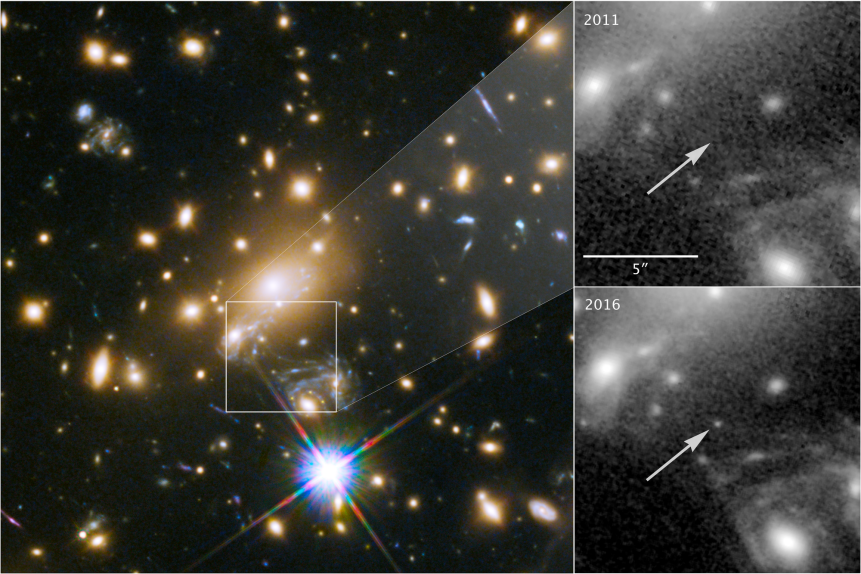
NASA, ESA, and P. Kelly (University of Minnesota)
Icarus, the previous record-holder for furthest star, was only visible because it was being magnified by the gravity of another massive galaxy cluster, called MACS J1149+2223.
“Normally at these distances, entire galaxies look like small smudges, with the light from millions of stars blending together,” said Welch. “The galaxy hosting this star has been magnified and distorted by gravitational lensing into a long crescent that we named the Sunrise Arc.”
The team is using the newly released James Webb Space Telescope to observe Earendel and measure its chemical composition. Astronomers want to understand the star’s composition because it could provide clues to the elements that filled our universe at the start of its creation.
“Earendel existed so long ago that it may not have had all the same raw materials as the stars around us today,” Welch said. “Studying Earendel will be a window into an era of the universe that we are unfamiliar with, but that led to everything we do know. It’s like we’ve been reading a really interesting book, but we started with the second chapter, and now we will have a chance to see how it all got started.”
What’s the Farthest Thing We Can See?
Beyond the most distant star you can see with the naked eye, beyond the most extreme faint galaxy that we discern with our telescopes, lays something extraordinary: the leftover light from the big bang itself.





































































